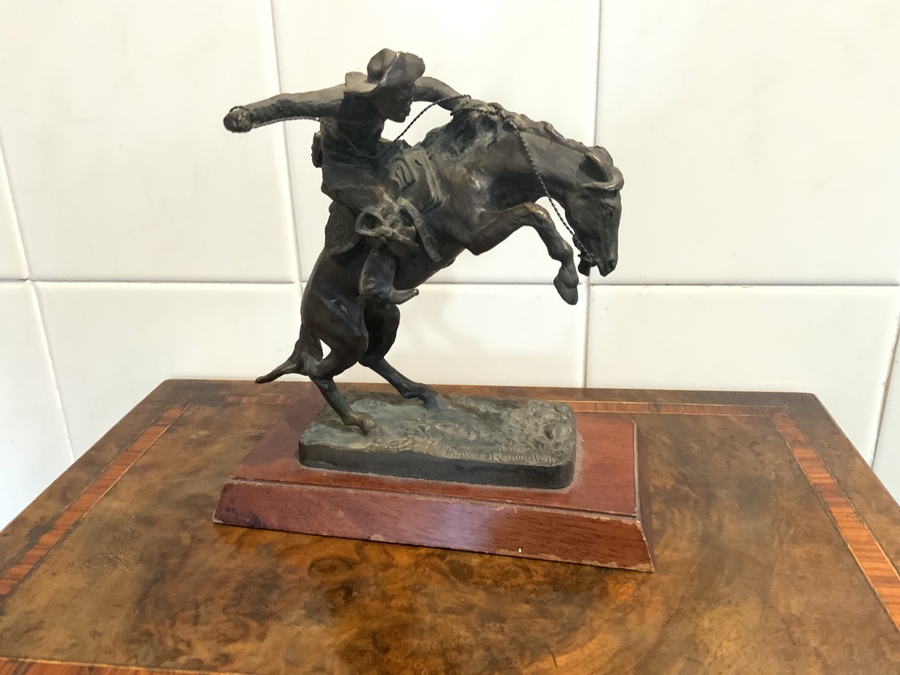featured item
antique large 76cm pair of french gilt bronze ewers c.1840

antiques available from other sellers in antique art > bronzes
-
![Bronze group in style of C.Fratin]() £675.00
£675.00bronze group in style of c.fratin Read more
John Bryant-Pictures and Prints -
![“ Rider’s On The Plains “ Remington Bronze]() £495.00
£495.00“ rider’s on the plains “ remington bronze Read more
Bore Park antiques -
![Japanese bronze circa 1890]() £340.00
£340.00japanese bronze circa 1890 Read more
Frank Craig Antiques -
![Raoul Francois Larche bronze figure of a warrior]() £1600.00
£1600.00raoul francois larche bronze figure of a warrior Read more
Frank Craig Antiques
- View other items in:
- antique art
- bronzes
Still not found something similar? Why not save a search and get a notification in your inbox when an matching antique is added to our ever-growing database?
Enter your email address to be sent alerts when new items are added to the site that match your search criteria

This is a truly superb large antique pair of ormolu and bronze ewers, circa 1840 in date.
Our reference: 08685
Ormolu -(from French 'or moulu', signifying ground or pounded gold) is an 18th-century English term for applying finely ground, high-caratgoldin amercuryamalgamto an object ofbronze.The mercury is driven off in akilnleaving behind a gold-coloured veneerknown as'gilt bronze'.
Lost Wax Method
sometimes called by the French name of cire perdue or the Latin, cera perduta is the process by which a bronze or brass is cast from an artists sculpture.
Antiques.co.uk Ref: WQDQAFEB2
- Width (cm):
- 36
- Height (cm):
- 76
- Depth (cm):
- 22
Here on antiques co uk we love antiques and specialise in selling antiques. Even though this item was for sale and is now sold or otherwise now unavailable we have many more items for sale including vintage antiques, silver, tables, watches, jewellery and much more for your interiors and home.
Search all the antiques currently for sale on www.antiques co uk. Or why not consider selling your antiques and making sales more easily with us!
regent antiques limited
Regent Antiques Limited has 986 antiques for sale.
click here to see them all












